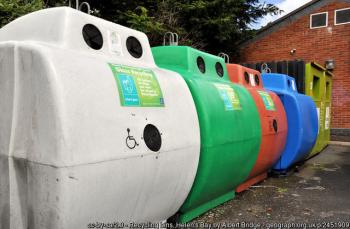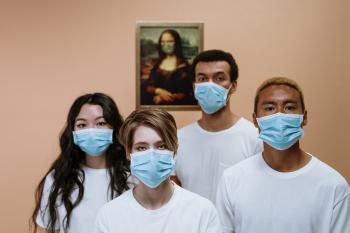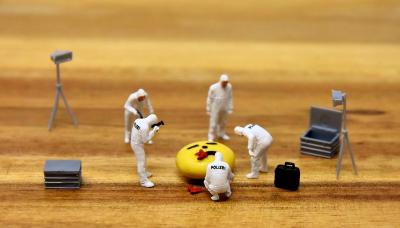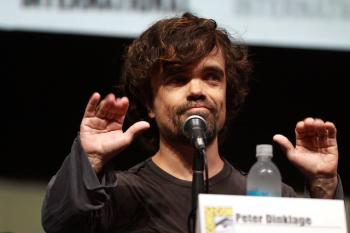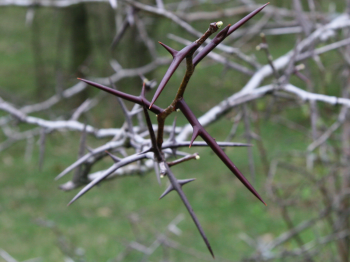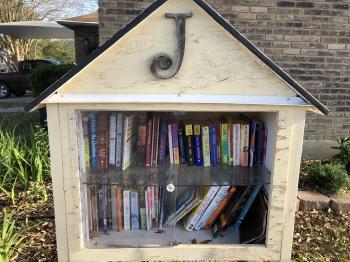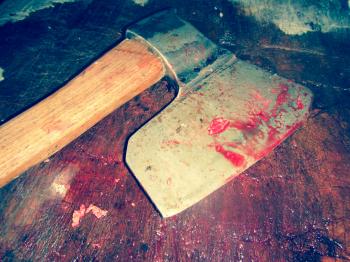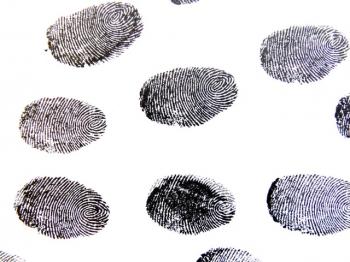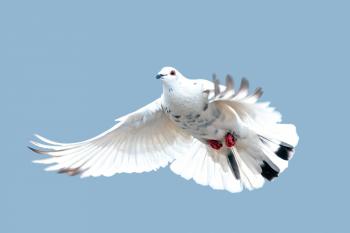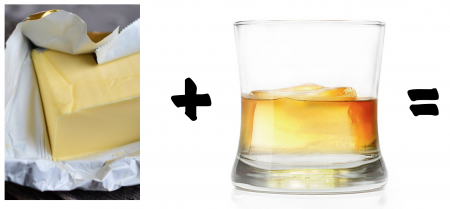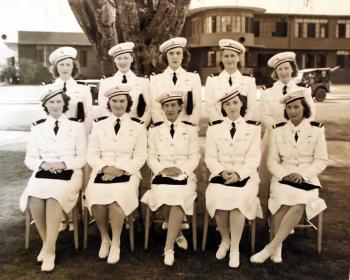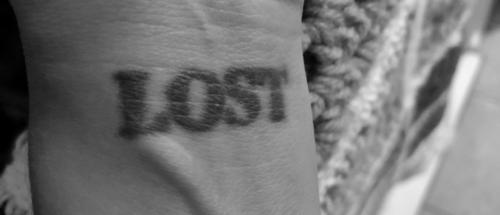Users Who Spiked
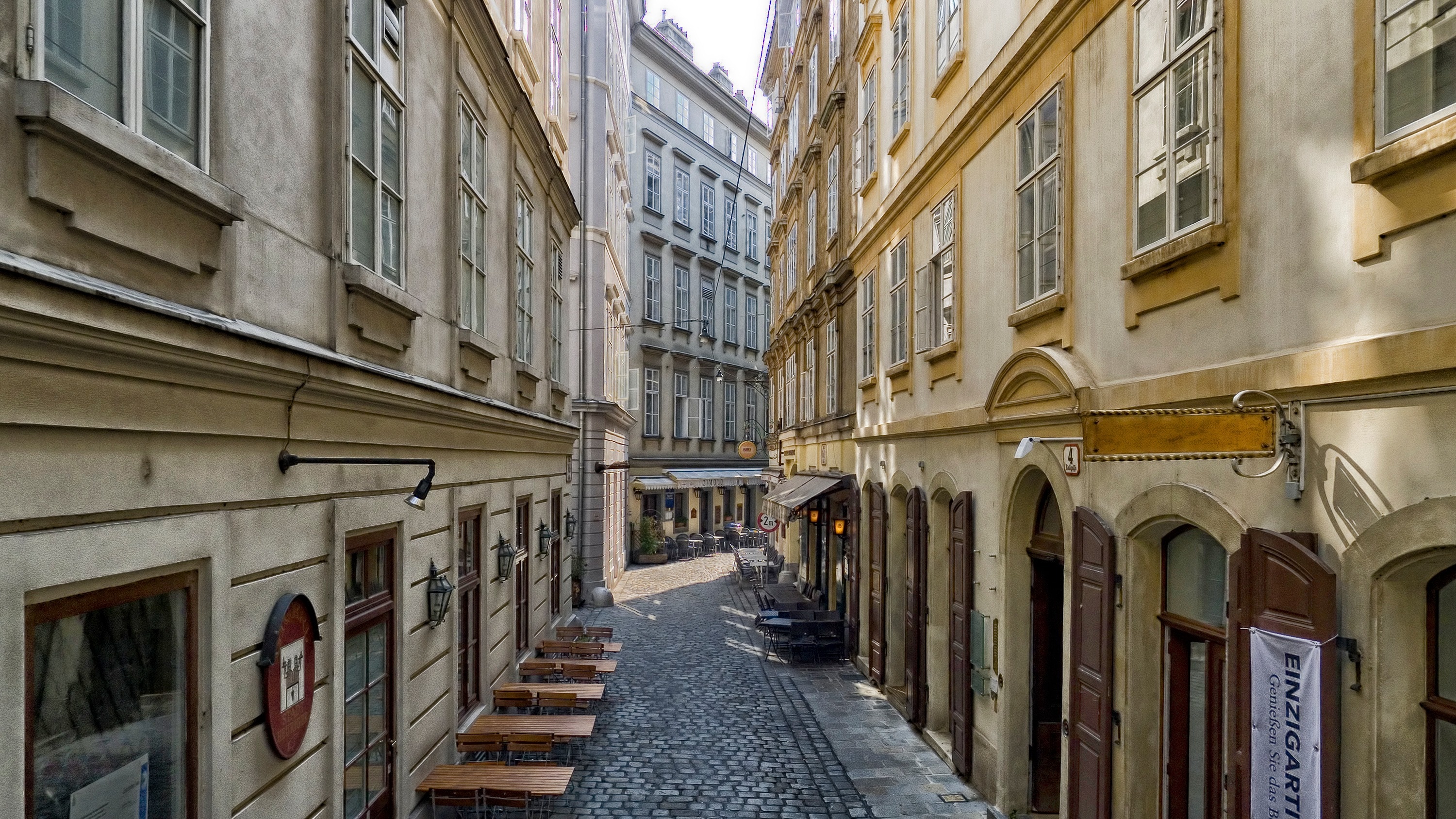
VISUAL HISTORY OF A WORLD IN CRISIS
Private Notes
Private Notes
Notes
The COVID-19 outbreak is certainly not the first time the world has faced a pandemic. There have been plagues, fevers, and deadly diseases for centuries. However, this is the first time a global shutdown has happened when the world's population has access to so much technology. The history of this pandemic will be recorded not just in news articles, infographics, and political speeches, but through video. Now that every one of us has the capability to create a visual record of our lives in minutes - and to share that record in seconds - the landscape of lives in isolation will become a permanent part of society's story.
Since most of us are confined to our homes for the better part of the day, the ability to connect with our friends and families, to see their faces, is helping many people cope with isolation. As businesses around the world close their doors to keep their employees safe, virtual meetings are helping at least some business continue. The footage being shared of people in foreign cities singing to each other or creating uplifting art helps us all feel a sense of solidarity amidst this crisis.
Perhaps one of the most simultaneously eerie and fascinating manifestations of our new remote view of the world is the trending "empty cities" videos. The first video I watched was drone footage of Quito, Ecuador taken by a friend. I've since watched Denver, San Francisco, New Orleans, and Times Square compilations of bare city streets. While many reports describe these videos as "shocking" or "creepy" apocalyptic visions, I find them truly inspiring. When will we ever get the chance to see so much of this scenery, unobscured by the physical forms of its citizens again? It's a fascinating global response that's as uniting as it is reassuring. It means that people are taking social distancing seriously and we're all working together to save ourselves.
As someone who, quite honestly, enjoys all things "eerie" and "spooky," I have to admit those descriptions are hardly deterring. But, these videos are made less so by the knowledge that the streets are empty and the businesses boarded not because its denizens have perished, they're just in hiding. It also helps if you watch them on mute, because so many of these videos feature depressing soundtracks (It's amazing sometimes how much music can affect mood). It's a decidedly science-fiction scenario and an unprecedented moment in the record of our collective consciousness.
With movie studios, television audiences, Broadway theaters, and newsrooms suddenly absent or vacant, the entertainment industry has had to respond quickly. Talk show hosts accustomed to pausing for laughs are oddly off-kilter. Guests who normally walk on stage in suits and skirts are seen lounging on their home couches. Musicians who've canceled tours are streaming live concerts. Celebrities in every genre are ramping up their donations to charities, even if some of their responses to the crisis illustrate only the stark economic contrast between us.
Personally, I watch The Tonight Show so much more now than I ever did. While I've always been fond of Jimmy Fallon, I only ever really accessed bits and pieces of the show via YouTube. Now, I find myself tuning in every night and absorbing an entire night's show at a time. Why the new habit? It's not because I'm spending more time at home; I could binge anything from Amazon or Netflix instead. No, my new fascination comes from the show's new format. Fallon and his guests are working without makeup and hair stylists, lighting crews, and professional studios. Their home environment and their reduced glamour make these famous folks seem much more human and accessible than they ever have. The fact that I can see Fallon play with his daughters and John Legend's personal piano (and backdrop of Grammy awards) brings me closer to them.
In my own little microhabitat, I'm connecting to friends and colleagues even more now. I'm lucky to have friends and family in cities all over the country, but that generally means we don't see much of each other. Now that our routines have changed, we're concerned for each other's health, and we're curious about other local responses to the spread of COVID-19, my calendar is filled with online play dates. Often, these video interactions are recorded, creating a lasting record. Even if it's just my friend Alyson reading the Harry Potter books aloud on Facebook, I know she's out there somewhere, lifting my spirits.
Collectively, these drones, talk show hosts, and friends are creating a visual history of what it was like to live in this place, in this time, under these conditions. It's a library of a collaborative reaction to a shared calamity. Because this library is digital, because it's massive, and because it's so integrated, it can never be effectively erased. It'll show the gravity and diversity of public responses, the success or failure of our leaders, the timeline of infection and recovery, and the amazing ability of mankind to express humor even in the face of crisis. One day, living generations and future generations will have the ability to look back on a moment in history as none of our ancestors ever had before.
I hope that, many years in the future, these records will serve as a commentary on our resilience; an uplifting reminder of how we all pulled together and overcame great adversity. It may be that, instead, it becomes a chilling forecast of our downfall. Regardless of the outcome, one thing is certain: the great digital compilation of empty cities, celebrity living rooms, and introverts reaching out will be an indelible mark on the timeline of human history. In a way, it's overwhelmingly beautiful.
Read More:
Stark drone videos of empty US cities become online trend amid coronavirus pandemic (Miami Herald)
https://www.miamiherald.com/news/coronavirus/article241673671.html
Empty cities as quarantine continues worldwide (Reuters)
https://www.reuters.com/video/watch/idOVC6K3D5Z
Abandoned streets (The Washington Post)
https://www.washingtonpost.com/graphics/2020/national/coronavirus-shutdowns-cities/


















